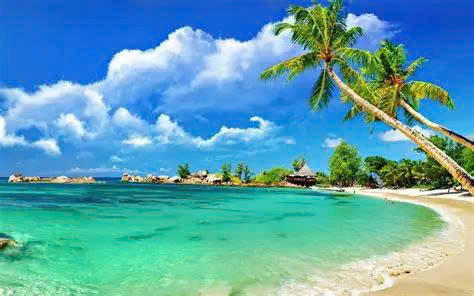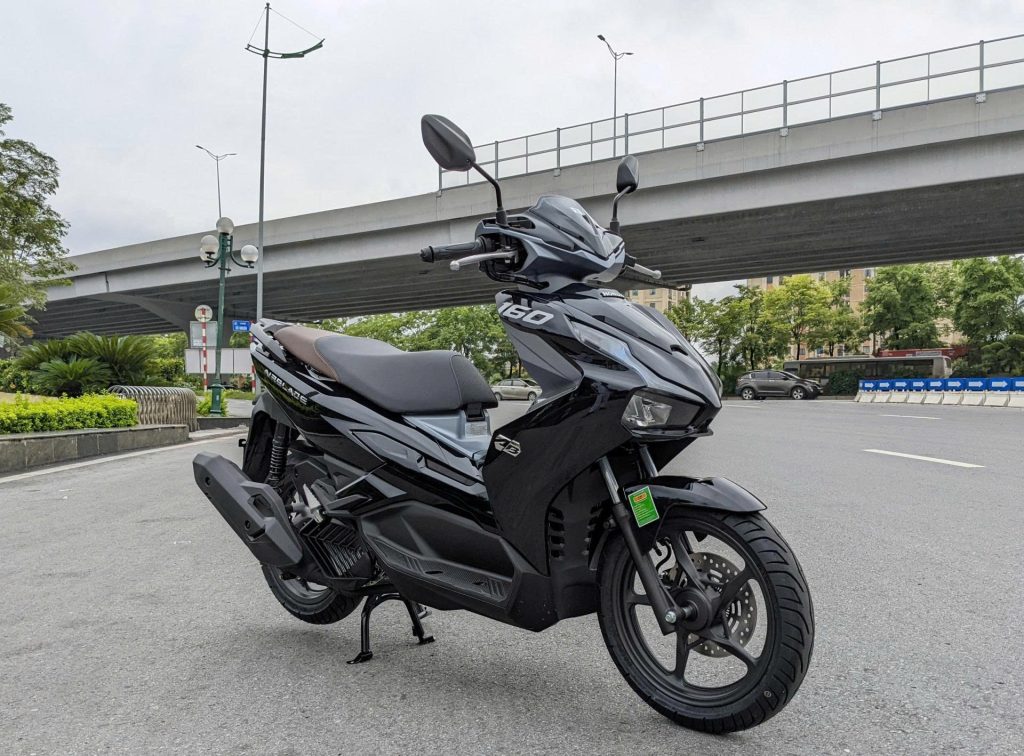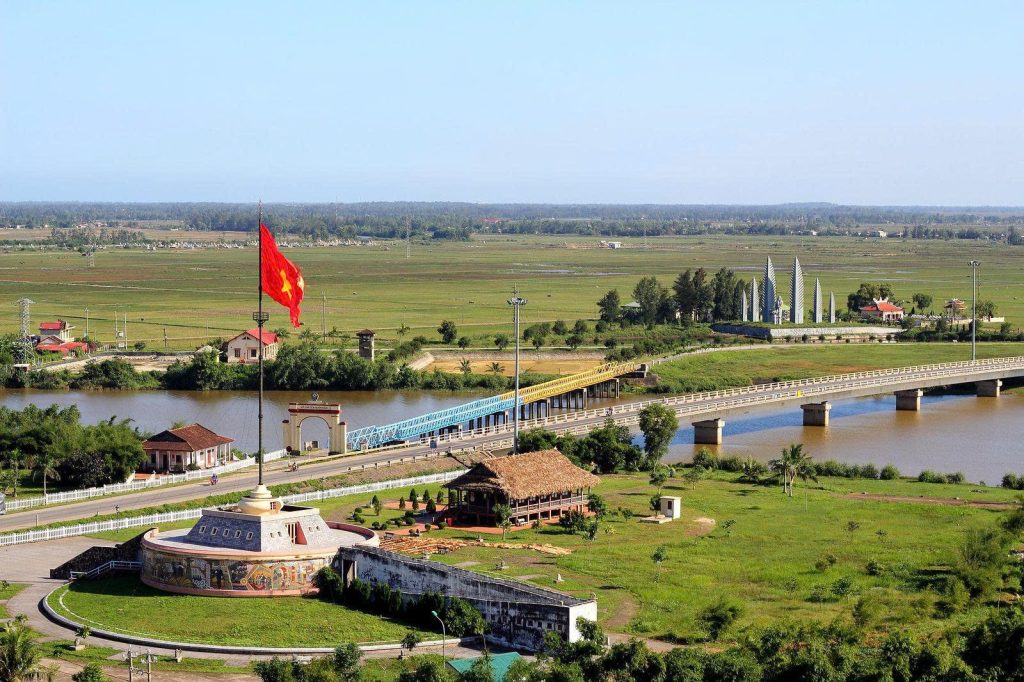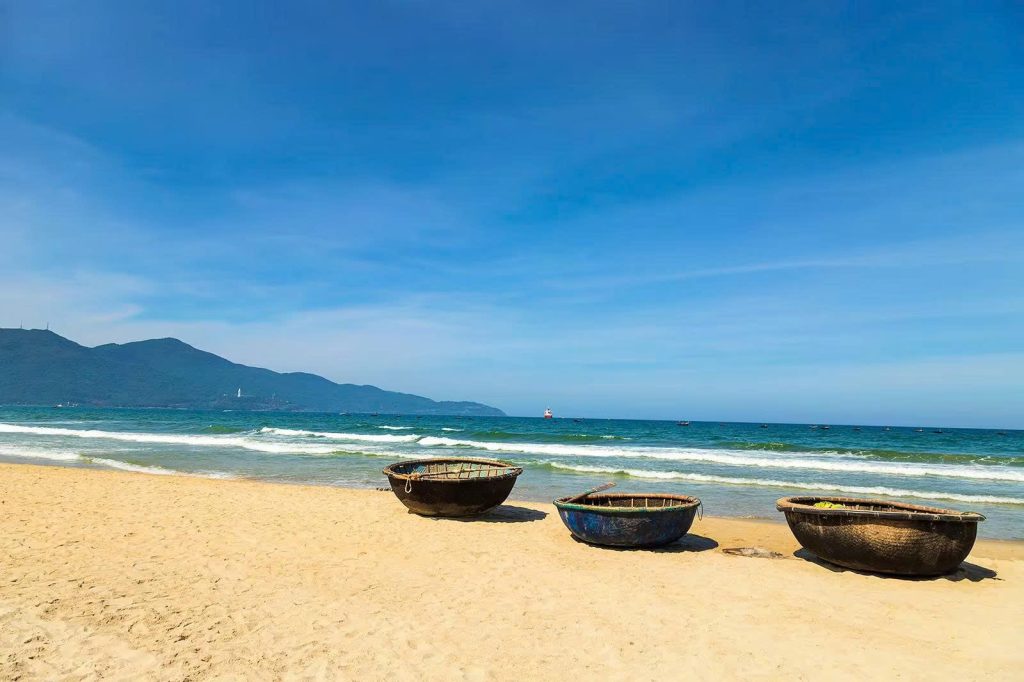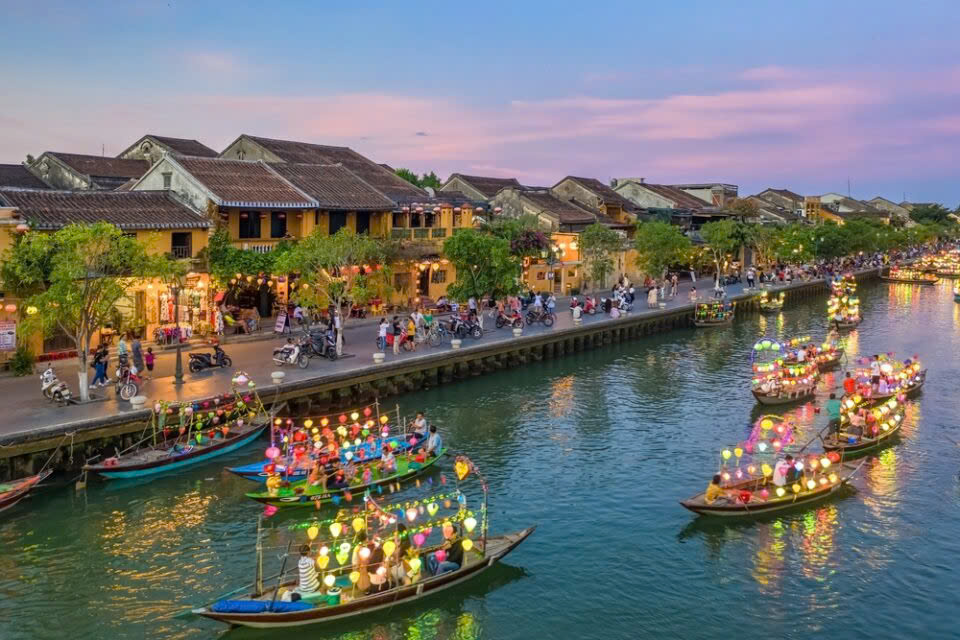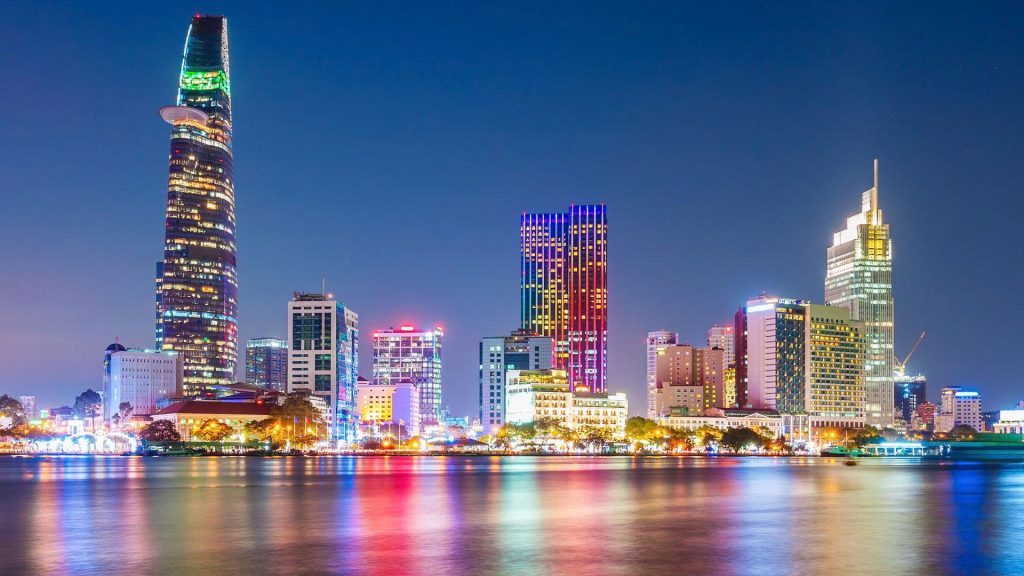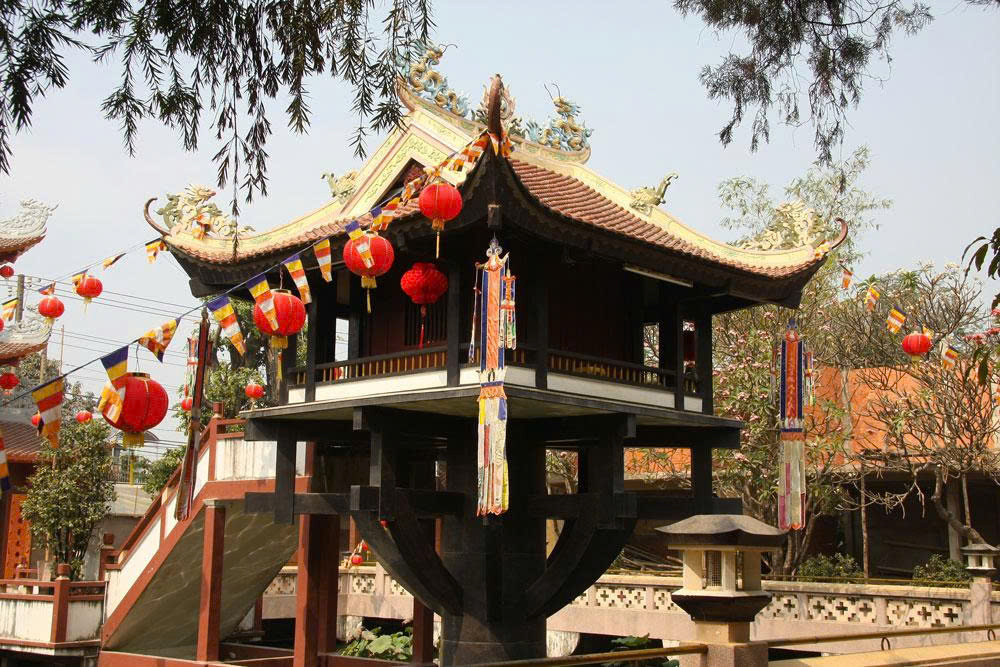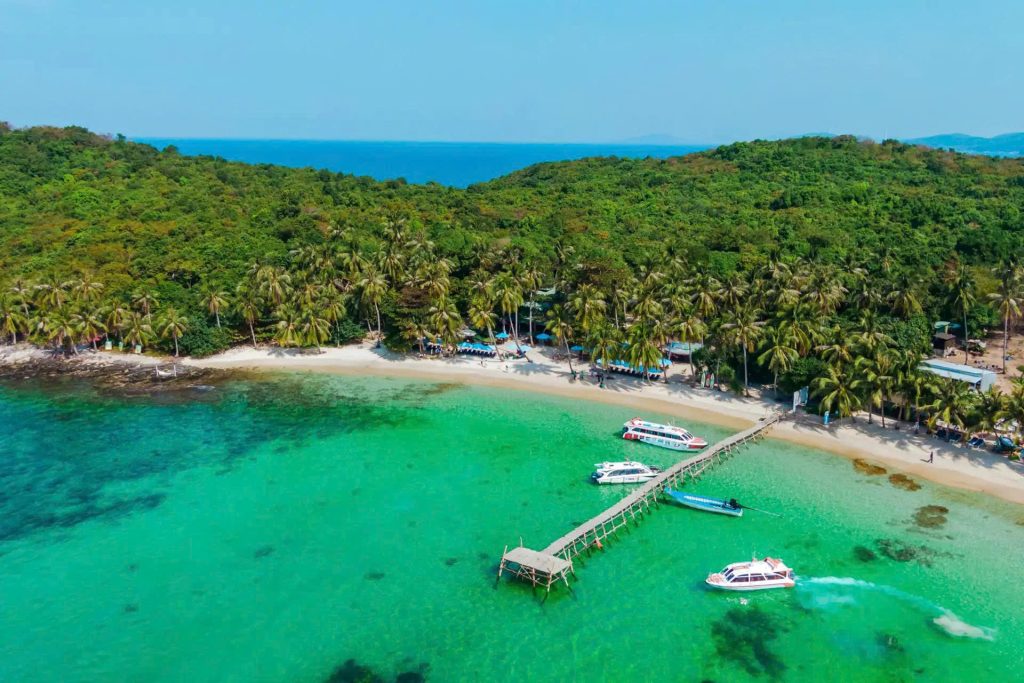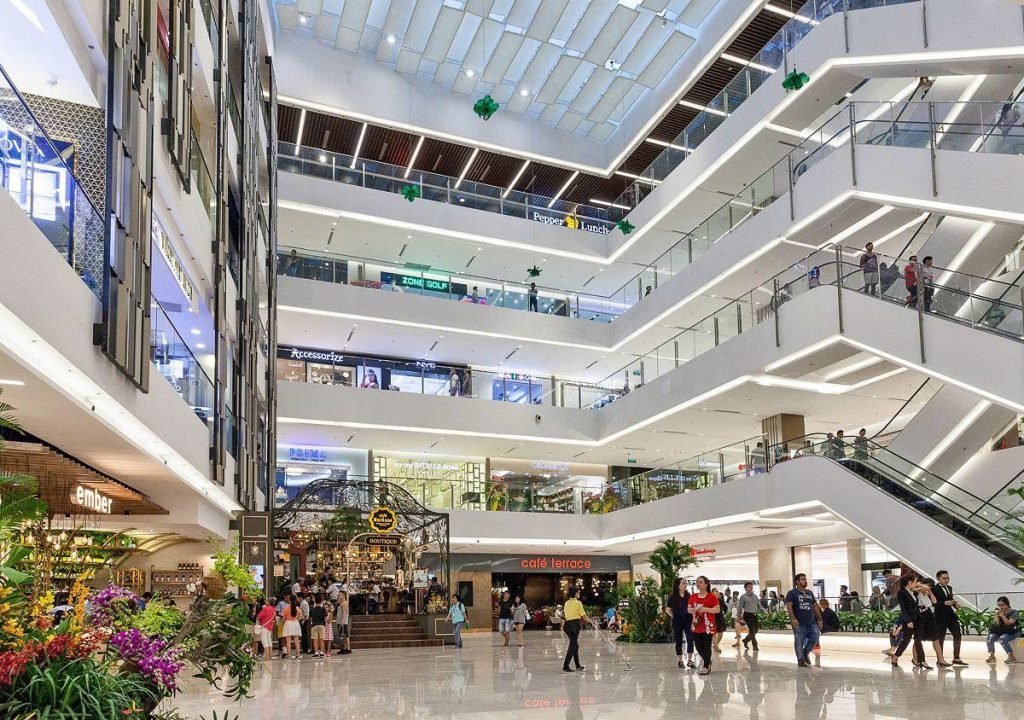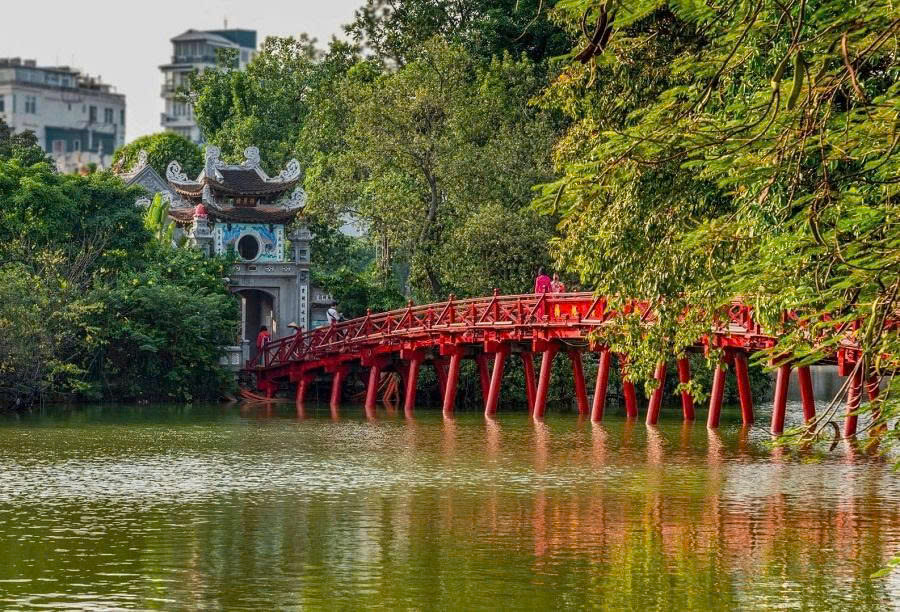Planning a trip to Vietnam? Understanding the country’s diverse climate is key to a comfortable and enjoyable journey. Vietnam stretches over 1,600 kilometers from north to south, resulting in significant weather variations across its three main regions: Northern, Central, and Southern Vietnam. This guide breaks down what to expect month by month, region by region, helping you find the best time to visit specific areas or navigate the entire country.
Understanding Vietnam’s Climate Zones
Vietnam’s climate is predominantly tropical monsoon, but with distinct differences due to its elongated shape and varying topography.
- Northern Vietnam (Hanoi, Halong Bay, Sapa): Experiences four distinct seasons: a cool, dry winter; a warm, humid spring; a hot, rainy summer; and a mild, pleasant autumn. It’s influenced by both tropical and subtropical climates, especially in mountainous areas like Sapa where temperatures can drop significantly.
- Central Vietnam (Da Nang, Hoi An, Hue, Nha Trang): Features a transitional climate. The coastal areas often have a long, dry season, but are susceptible to typhoons and heavy rains from September to December.
- Southern Vietnam (Ho Chi Minh City, Mekong Delta, Phu Quoc): Characterized by a tropical climate with just two main seasons: a dry season (November to April) and a wet or rainy season (May to October). Temperatures remain relatively consistent year-round.
Northern Vietnam Weather: Month-by-Month Breakdown

Northern Vietnam, home to the capital Hanoi, the stunning Halong Bay, and the picturesque mountains of Sapa, offers a diverse climate throughout the year.
January & February: Cool and Dry Winter
- Temperatures: Average 15-20°C (59-68°F). Can drop below 10°C (50°F) in Hanoi and near freezing in Sapa.
- Rainfall: Low, generally dry.
- Conditions: Often foggy or misty, especially in mountainous areas. Ideal for city exploration and mild trekking. Tet Nguyen Dan (Lunar New Year) often falls in this period, bringing festive vibes but also closures.
March & April: Pleasant Spring
- Temperatures: Average 20-27°C (68-81°F). Gradually warming.
- Rainfall: Light drizzle and increasing humidity towards April.
- Conditions: Considered one of the best times to visit Northern Vietnam. Ideal for Halong Bay cruises and exploring Hanoi with comfortable temperatures and clear skies.

RELATED: Best Time to Visit Ha Long Bay for Clear Skies
May to August: Hot and Rainy Summer
- Temperatures: Average 28-35°C (82-95°F). Can feel much hotter due to high humidity.
- Rainfall: Wet season with frequent heavy downpours, often in the afternoons.
- Conditions: Lush green landscapes, but also potential for flash floods in mountainous areas like Sapa. Can be uncomfortable for some travelers due to heat and humidity.
September & October: Mild and Pleasant Autumn
- Temperatures: Average 25-30°C (77-86°F). Gradually cooling.
- Rainfall: Decreasing, becoming drier and sunnier.
- Conditions: Another ideal travel period for the North. Clear skies perfect for photography, pleasant for trekking in Sapa, and comfortable for Halong Bay cruises.
November & December: Cool and Dry Winter Begins
- Temperatures: Average 18-25°C (64-77°F). Cooling significantly towards December.
- Rainfall: Very low.
- Conditions: Crisp, clear days. Excellent for exploring Hanoi and dry conditions for Sapa treks. Pack layers, especially for evenings.
Central Vietnam Weather: When to Visit Da Nang, Hoi An & Hue

Central Vietnam, home to the historical cities of Hue and Hoi An, and the vibrant coastal hub of Da Nang, has a distinct climate pattern.
January to August: Dry Season with Rising Heat
- Temperatures: Start at 20-25°C (68-77°F) in January and rise to 30-38°C (86-100°F+) by June-August.
- Rainfall: Minimal, very dry.
- Conditions: March to May is often considered the best time to visit this region for warm, sunny days perfect for beaches and exploring. June to August can be extremely hot.
September to December: Wet Season & Typhoon Risk
- Temperatures: Average 20-27°C (68-81°F).
- Rainfall: This is the rainy season, with heavy, prolonged downpours.
- Conditions: High risk of typhoons and flooding, especially from September to November. While travel is possible, be prepared for disruptions and less ideal beach weather. The ancient town of Hoi An can experience charming floods, but also significant disruptions.
Southern Vietnam Weather: Ho Chi Minh City & Mekong Delta
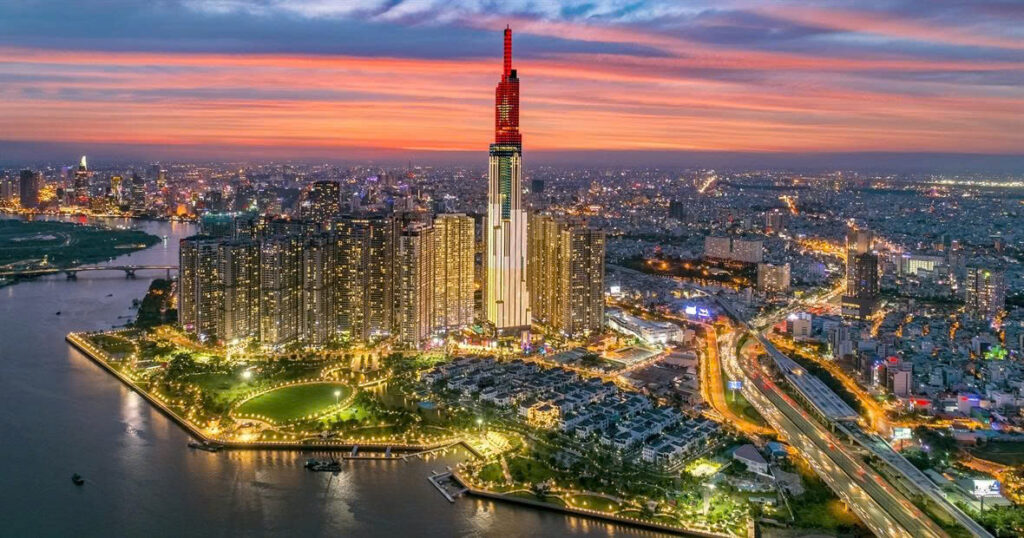
Southern Vietnam, including Ho Chi Minh City, the lush Mekong Delta, and the idyllic island of Phu Quoc, has a consistently warm, tropical climate.
November to April: Dry Season
- Temperatures: Average 25-35°C (77-95°F).
- Rainfall: Very low, with clear, sunny skies.
- Conditions: This is the peak tourist season due to the pleasant weather. Ideal for exploring Ho Chi Minh City, cruising the Mekong Delta, and enjoying the beaches of Phu Quoc.
May to October: Wet/Rainy Season
- Temperatures: Average 25-33°C (77-91°F). High humidity.
- Rainfall: Characterized by short, heavy afternoon downpours. These often last an hour or two and then clear up, leaving fresh air.
- Conditions: Despite the rain, it’s still a good time to visit. The downpours rarely last all day, and the landscapes become incredibly green and vibrant. Attractions are often less crowded.
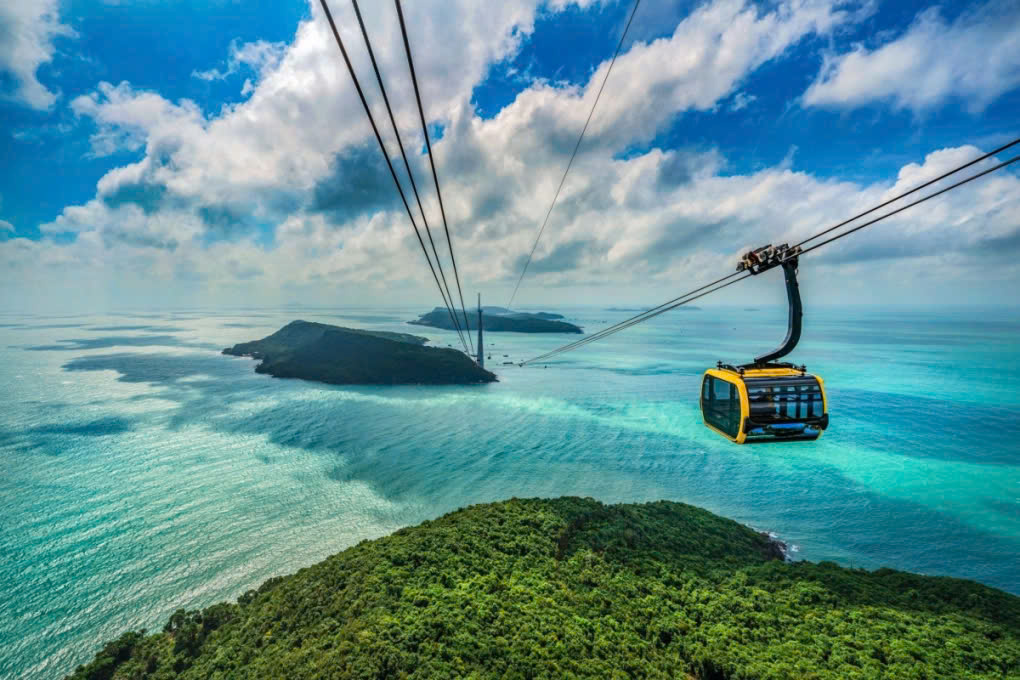
RELATED: The Best Time to Visit Vietnam for Beaches
Essential Packing Tips Based on Vietnam’s Weather
Your packing list will heavily depend on when and where you plan to travel in Vietnam.
- For the Dry Season (Nov-Apr): Lightweight, breathable clothing (cotton, linen), sun protection (hat, sunglasses, high SPF sunscreen), comfortable walking shoes. A light jacket for cooler evenings in the North.
- For the Wet Season (May-Oct): Lightweight, quick-drying clothing, a compact umbrella or lightweight rain jacket, waterproof bags for electronics. Open-toed shoes or sandals are useful.
- For Mountainous Areas (Sapa): Even in warmer months, evenings can be cool. Pack layers, including a fleece or light jacket. During winter, warmer clothing, hats, and gloves are essential.
Best Time to Visit Each Region
While Vietnam is a year-round destination, here’s a quick summary for optimal experiences:
- Northern Vietnam: March-April (Spring) or September-October (Autumn) for comfortable temperatures and clear skies.
- Central Vietnam: March-May for warm, dry, and sunny beach weather.
- Southern Vietnam: November-April for sunny, dry conditions perfect for exploring.
RELATED: Best Time to Visit Vietnam 2025: Weather by Month & Travel Tips
Understanding Vietnam’s diverse climate zones and seasonal patterns by month and region is fundamental to planning a successful trip. By checking the specific weather forecasts for your chosen destinations and travel dates, you can pack smart and make the most of your Vietnamese adventure.

